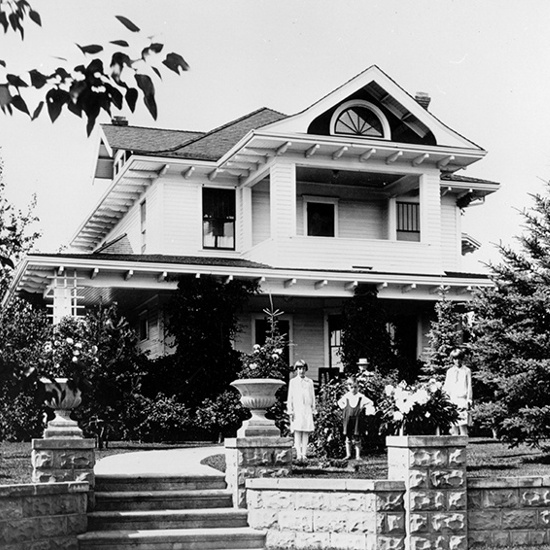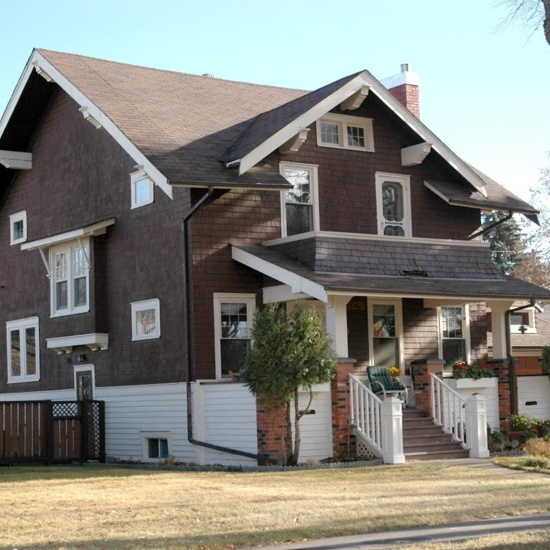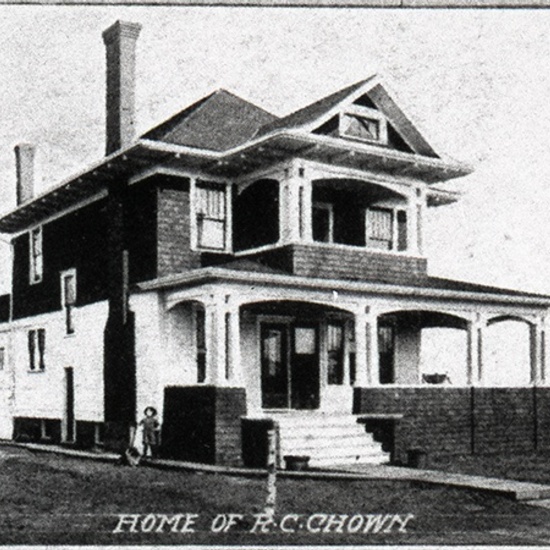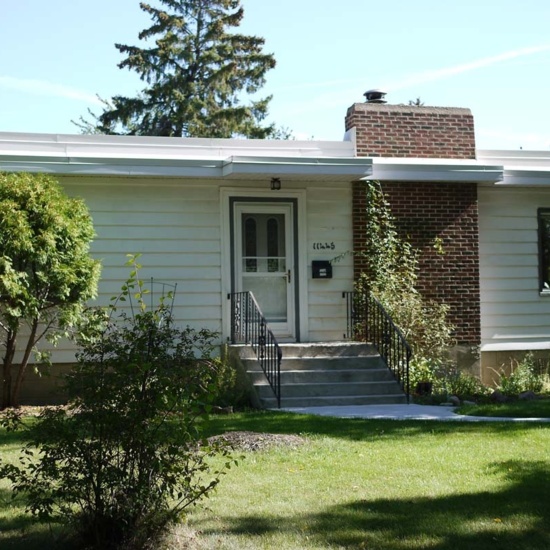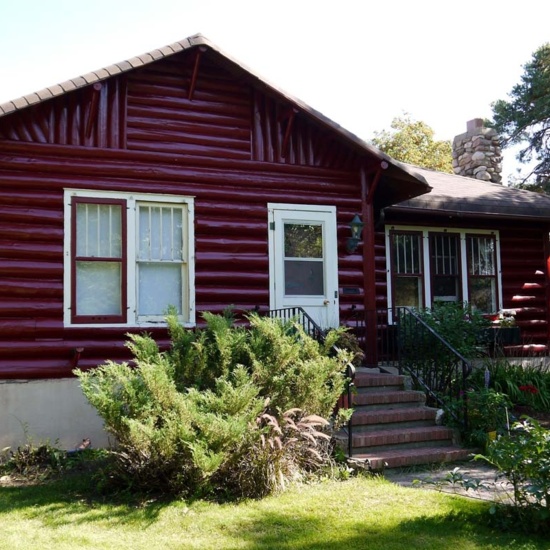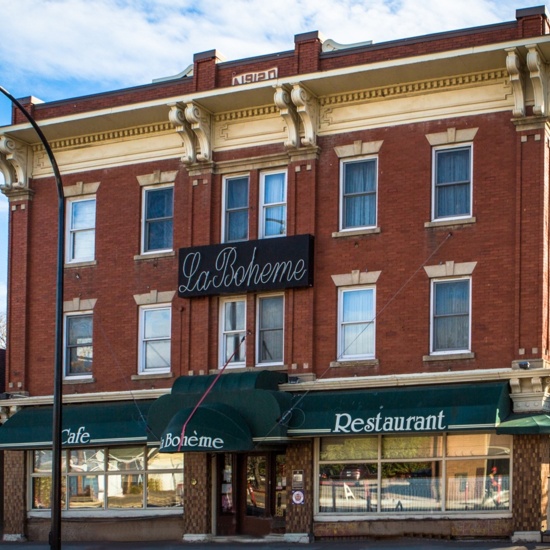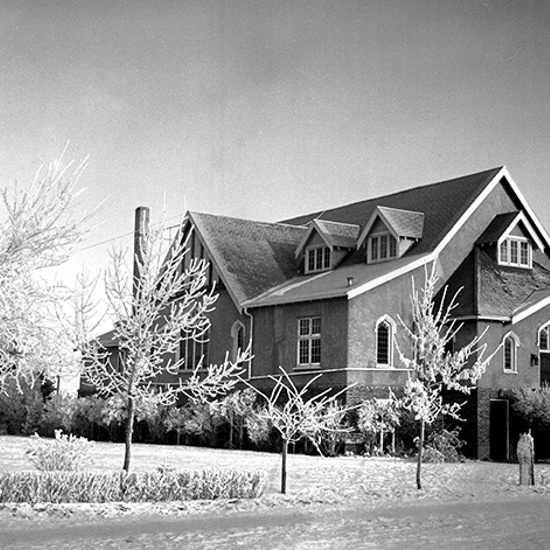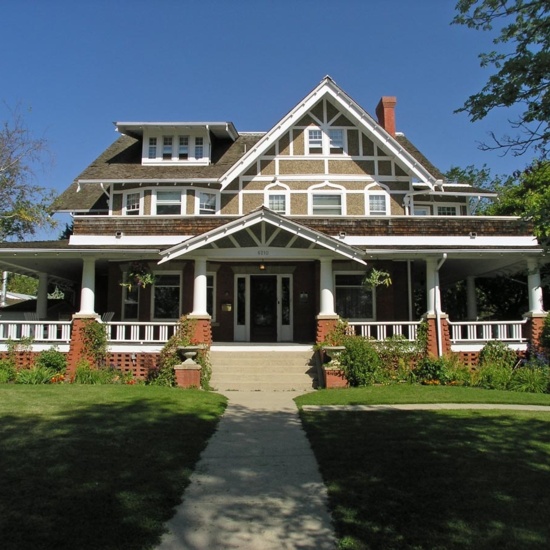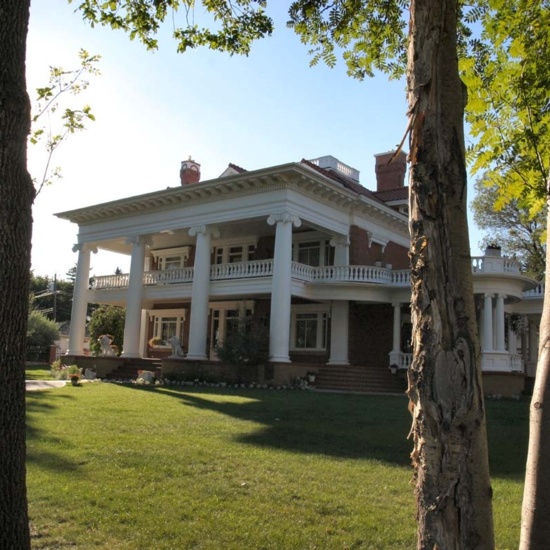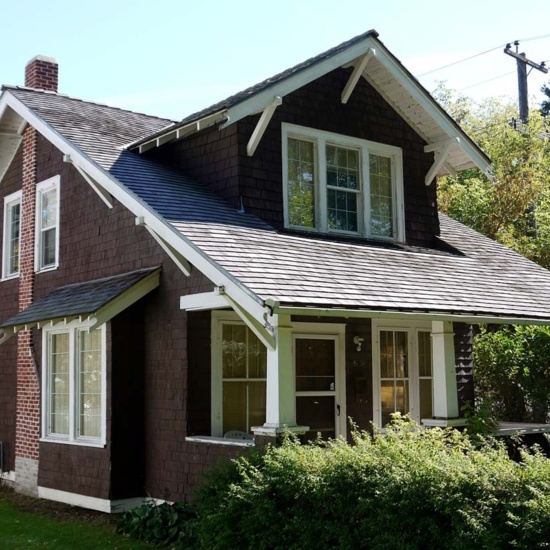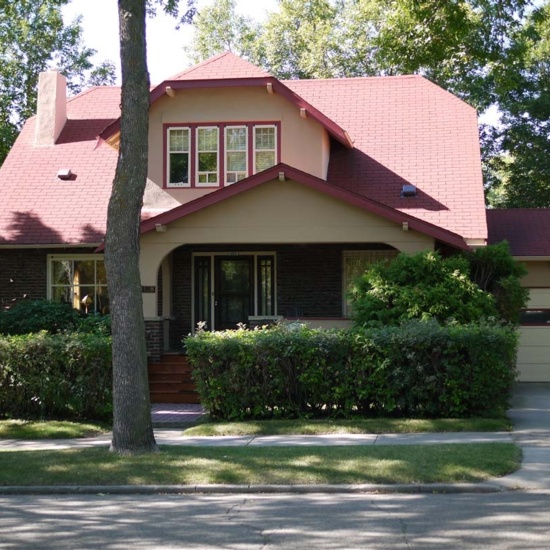Highlands
Highlands is one of Edmonton's most architecturally diverse neighbourhoods.
Highlands is one of Edmonton's most architecturally diverse neighbourhoods.
The land that would become The Highlands was homesteaded by HBC employees and brothers James and George Gullion in the 1870s – lots 32 and 34 respectively. Two decades later it was purchased by John A. McDougall as an investment. McDougall was a well-known businessman in Edmonton, and also actively involved in politics. He served as an alderman in 1894 and 1895, and was mayor in 1897 and 1908, before winning a seat as a Liberal in the Legislature. In 1910 McDougall sold the land to the Magrath-Holgate Company in 1910 for $150,000.
As part of their marketing strategy, Magrath-Holgate & Co. held a contest in the Edmonton Bulletin to name the area (which for a short while was known as McDougall Heights). The winning entry of The Highlands went to 19 year old S. Loughlin, as well as a prize of $50 in gold.
Magrath and Holgate envisioned the new community as a high-class enclave catering to discerning Edmontonians. Magrath-Holgate subdivided the land into generously portioned 66 foot lots and sold them to buyers on the condition that a home valued at $2500 or more was built on the property. The land was located about 5 km east of downtown Edmonton, and was outside the City limits. The land was annexed by the City in 1911, making it formally a part of Edmonton.
To encourage investment, Magrath and Holgate built 24 homes on speculation, and hired architect Ernest Morehouse to design them. Most of these homes cost nearly twice the $2500 threshold, but such was their confidence. They spent over $10,000 on improvements to the land, connecting the lots to Edmonton’s water, sewer and electricity systems. They also sponsored the extension of the streetcar line to make the neighbourhood more accessible to the city centre. Finally, to help ease the sense of emptiness in the area, Magrath-Holgate built a curling rink, an office, and the Gibbard Block.
They ensured that the lots closest to the river (south of 111 Avenue) were of the highest quality. As an example of their commitment to the project, both Magrath and Holgate built mansions on Ada Boulevard. Also designed by Ernest Morehouse, the homes cost $76,000 and $49,000 respectively.
Despite these investments, development in the neighbourhood was slow: only 50 homes were built between 1911 and 1913, leaving most of the 516 lots empty. When a major recession hit Edmonton in 1913, development slowed even more. Over the following decades the community experienced sporadic growth as empty lots gave way to houses. With the population explosion following the end of the Second World War the remainder of the empty lots in The Highlands disappeared. The result has been a neighbourhood with a wide variety of building stock. Most of Edmonton’s residential architectural styles are represented, as are all of the decades since development began in the 1910s.
Details
Sub Division Date
TBA
Structures
Ash Residence
Buttercup Farmhouse
Chown Residence
Dean-Kuperus Residence
Field Log House
Gibbard Block
Highlands School
Highlands United Church
Holgate Residence
Magrath Mansion
Margaret Marshall Residence
William Brown Residence
Architects
William G. Blakey
Bidwell Holgate
William Brown
William Magrath
Ernest William Morehouse
George E. Turner
Unknown
Magrath-Holgate Company
Architectural Styles
Arts and Crafts
Classical Revival
Clinker
Collegiate Gothic
Craftsman
Foursquare
International
Log
Tudor Revival
